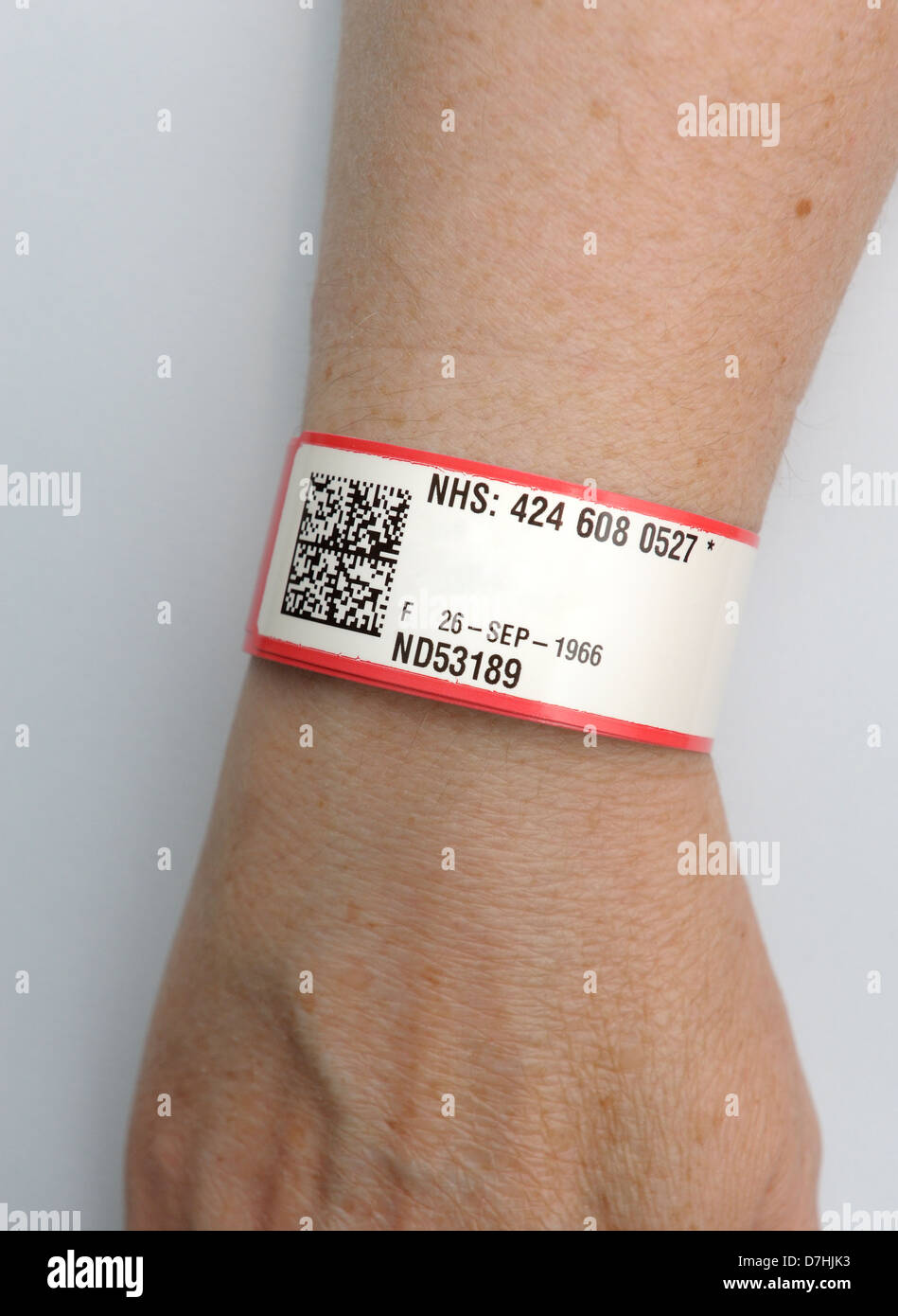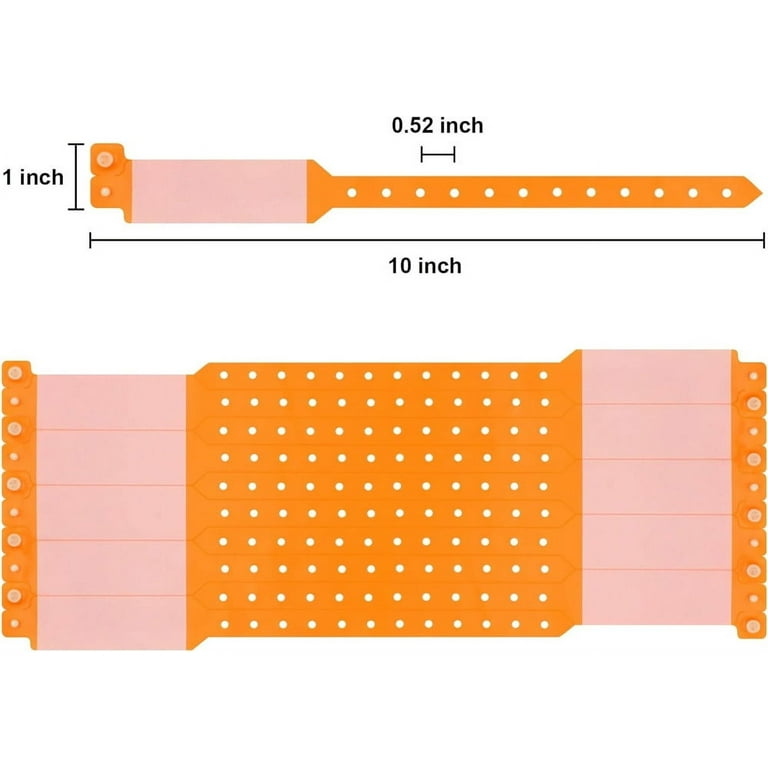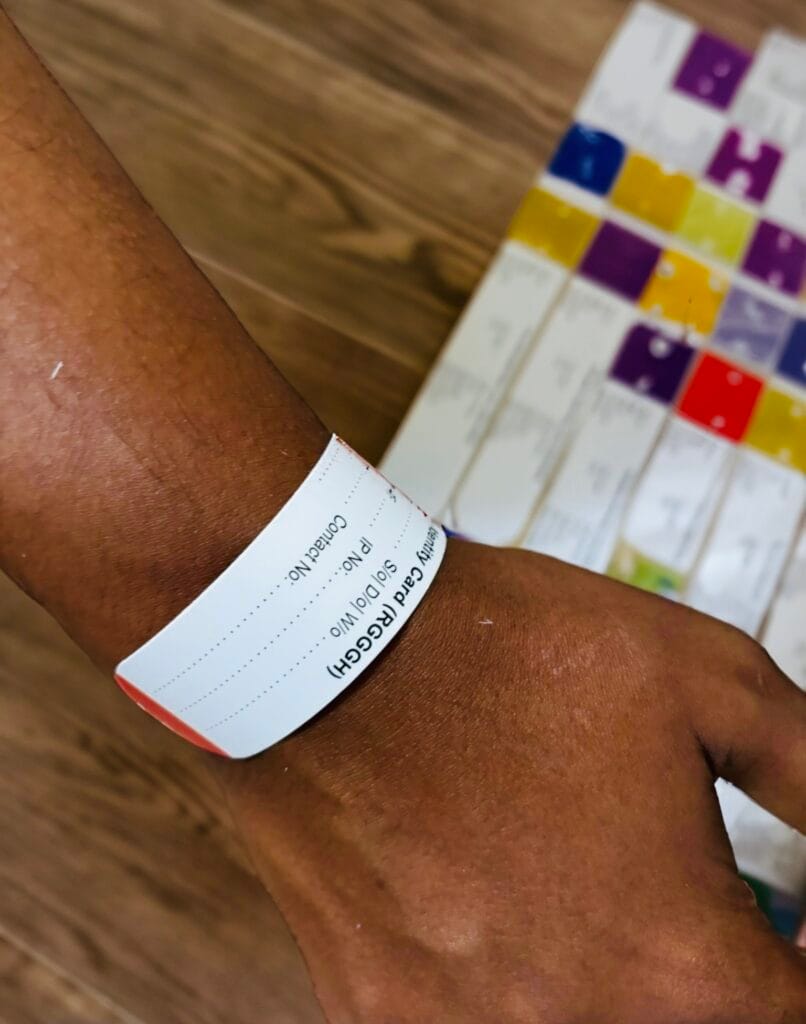Why Hospitals Choose Patient Identification Band for Efficient Patient Tracking
Why Hospitals Choose Patient Identification Band for Efficient Patient Tracking
Blog Article
Simplifying Individual Treatment With Efficient Recognition Bands
The execution of effective recognition bands is a critical aspect in boosting patient treatment within medical care settings. These bands not just serve to alleviate the threats related to patient misidentification however also streamline interaction amongst medical workers, therefore promoting a more secure environment. Different sorts of identification bands deal with particular needs, from resilient wristbands for adults to specialized bands for infants and essential cases. As the landscape of individual recognition develops, one have to think about the effects of these systems on overall medical care delivery and client results. What developments await in this important location?
Value of Patient Recognition
Making sure exact client identification is critical in healthcare settings, as it straight affects the security and high quality of treatment supplied. Misidentification can lead to severe errors, including administering the incorrect drug, executing wrong treatments, or miscommunicating crucial person details. Such errors not only threaten person security but can additionally result in lawful implications and decreased rely on health care systems.
Efficient individual identification is basic to establishing a safe and secure environment where individuals receive appropriate and customized treatment. It helps with the precise documentation of clinical histories, allergies, and treatment plans, ensuring that doctor have accessibility to necessary info in all times. Durable identification procedures aid streamline communication among clinical staff, improving collaboration and lowering the danger of mistakes.

Types of Recognition Bands
Recognition bands play an important function in preserving precise patient records and improving safety and security within healthcare atmospheres. Numerous kinds of identification bands are made use of to accommodate the particular demands and demands of different individual populaces.

An additional type is the ankle joint band, which is particularly useful for infants and infants, guaranteeing that recognition remains undamaged even during treatment procedures. Specialized bands, such as those for allergy alerts or drop risk indicators, provide extra layers of safety by drawing prompt attention to important person problems.
Just recently, digital identification bands have actually gained popularity, integrating barcodes or RFID modern technology that can be scanned to quickly obtain individual information. These bands enhance operations and minimize the risk of human error throughout client recognition procedures.
Advantages of Efficient Recognition
Effective identification of individuals through using recognition bands contributes dramatically to overall client safety and care high quality. By ensuring that each individual is properly recognized, health care providers can successfully match medical therapies and procedures to the correct person, minimizing the risk of errors. This is specifically essential in settings with high client turnover, where the potential for misidentification is greater.
Moreover, efficient recognition bands boost interaction among healthcare teams. Accurate and clear patient recognition cultivates partnership and guarantees that all employee know a person's certain requirements and case history. This interaction is necessary for delivering collaborated care, specifically in emergency situations where time is critical.

Inevitably, efficient identification through the Recommended Reading use of recognition bands not just safeguards patients but also advertises a culture of security within healthcare centers (Patient Identification Band). By focusing on precise recognition, health care organizations can boost end results and boost the total person experience
Applying Identification Solutions
While the value of individual identification is well recognized, the execution of durable identification systems positions a complex obstacle for medical care companies. Developing reliable recognition systems needs an extensive approach, including innovation, workers training, and process assimilation.
First, organizations must select appropriate identification innovations, such as barcode scanning, RFID, or biometric systems. Patient Identification Band. These technologies need to be examined based on expense, usability, and compatibility with existing facilities. A pilot program can aid determine possible problems prior to full-blown execution
Following, extensive training for staff is essential. All employees have to recognize the importance of exact patient identification and be proficient in Click Here making use of the picked modern technologies. Routine training updates and analyses can strengthen ideal practices and ensure ongoing compliance.
In addition, medical care companies should establish standard procedures for client identification throughout all divisions, enhancing and reducing discrepancies communication. Routine audits can help determine gaps in adherence to these procedures.

Inevitably, a reliable application of recognition systems not just boosts person safety yet also fosters a society of accountability and diligence within medical care settings, making certain trustworthy and regular person treatment.
Future Trends in Individual Recognition
Developments in innovation are established to change person identification practices in medical care setups. The combination of biometric identification approaches, such as fingerprinting and facial recognition, is expected to enhance accuracy and protection. These technologies can considerably decrease the risk of misidentification, guaranteeing that clients receive the proper treatments and drugs.
Furthermore, the implementation of blockchain modern technology for individual records is obtaining grip. This decentralized method can give a safe and tamper-proof method for taking care of person identities, thus enhancing accessibility to crucial information across various doctor.
An additional pattern is the enhancing usage of mobile health applications that take advantage of QR codes for client identification. These applications enable real-time updates and easy accessibility to patient data, encouraging health care experts to make enlightened decisions swiftly.
In addition, fabricated knowledge (AI) is positioned to play a crucial function in analyzing individual identification information, determining patterns, and predicting prospective identification errors prior view publisher site to they happen.
As these innovations progress, they guarantee not just to improve client security yet additionally to enhance the general effectiveness of medical care delivery systems. Embracing these technologies will certainly be essential for future-proofing client care practices.
Conclusion
Finally, reliable identification bands are crucial for enhancing client safety and security and care quality within healthcare setups. By reducing the threats connected with misidentification, these bands help with accurate and timely info retrieval, eventually boosting interaction among medical care companies. The application of robust identification systems not only promotes a society of safety and security however likewise positions health care establishments to adjust to future trends in patient recognition modern technology, ensuring optimal end results for individuals in diverse clinical atmospheres.
As the landscape of individual identification advances, one need to take into consideration the effects of these systems on total medical care distribution and person end results.Effective person recognition is basic to developing a safe setting where patients obtain personalized and appropriate treatment. Eventually, prioritizing efficient patient recognition methods not just cultivates a society of security yet likewise contributes to improved patient end results and general contentment with health care services.
Reliable recognition of clients via the use of identification bands contributes dramatically to general person safety and security and care quality. The application of durable identification systems not just promotes a culture of security but likewise placements healthcare organizations to adapt to future fads in patient identification innovation, making certain optimal end results for patients in varied medical settings.
Report this page